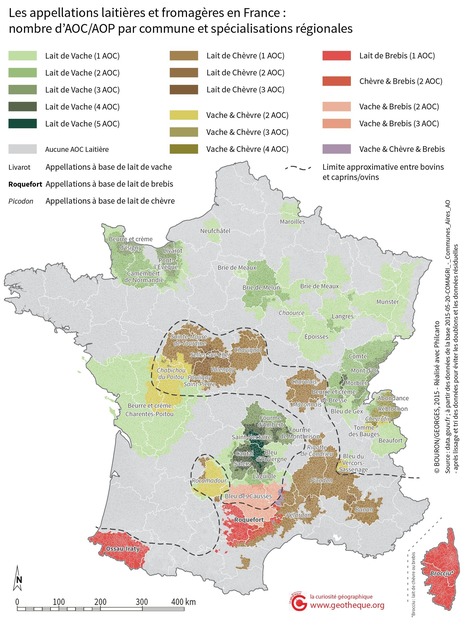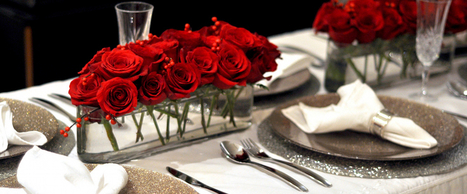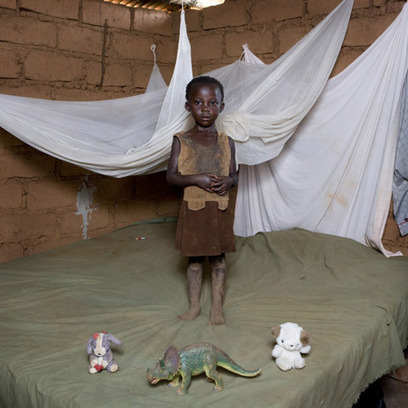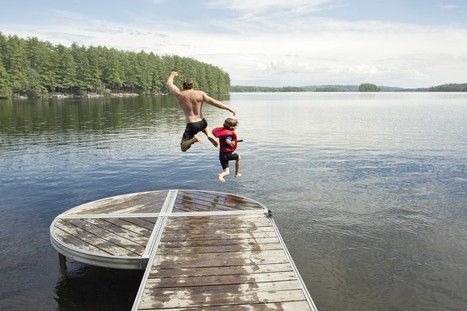Jean-Benoît BOURON & Pierre-Marie GEORGES, Les territoires ruraux en France, une géographie des ruralités contemporaines, Ellipses, Paris, 454 p., 2015. (disponible à partir du 8 septembre 2015).
Research and publish the best content.
Get Started for FREE
Sign up with Facebook Sign up with X
I don't have a Facebook or a X account
Already have an account: Login
Related articles to 21st Century Learning and Teaching as also tools...
Curated by
Gust MEES
 Your new post is loading... Your new post is loading...
 Your new post is loading... Your new post is loading...

Jess Went's comment,
May 8, 2013 1:25 AM
This collection of photos would stimulate some very interesting discussion and debate in your Technology classroom. The images could be used to support students' global awareness of the different consumers and audiences of technologies designed. I would support the viewing of the collection with a Venn diagram to compare with the student's own life.
|

Gust MEES's curator insight,
September 12, 2014 12:10 PM
Im Sandkasten, da können die Menschen es noch. Da wird gezogen und gebissen und gekämpft. Da wird der eigene Kopf durchgesetzt. Da wird gestritten. Learn more / En savoir plus / Mehr erfahren: http://www.scoop.it/t/21st-century-learning-and-teaching/?tag=Empathy http://www.scoop.it/t/21st-century-learning-and-teaching/?tag=Character http://www.scoop.it/t/21st-century-learning-and-teaching/?tag=Frank+SONNENBERG |


















Jean-Benoît BOURON & Pierre-Marie GEORGES, Les territoires ruraux en France, une géographie des ruralités contemporaines, Ellipses, Paris, 454 p., 2015. (disponible à partir du 8 septembre 2015).